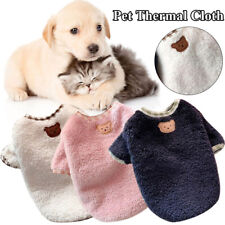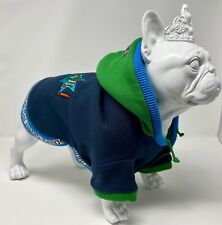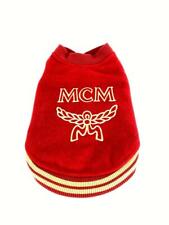6 Tips to Help You Choose the Best Dog Food

Taking a walk down the pet food aisle at most stores offers a multitude of choices, from wet to dry, and store brands to trendy brands. And, then there’s raw food options and so called “fresh food” … the options go on and on. How on earth are you supposed to choose the best dog food? Here’s the thing… there is no one food that’s going to be the right one for every dog because every dog is different, just like every food is different. Here are our top six tips to help you make an informed decision about which food is best for your dog.
1. Don’t rely on online ratings.
A lot of pet parents choose their dog’s food based on online ratings, but that may not be the best way to go. Those ratings are usually based on marketing and what’s trendy at the time, rather than science.
2. Don’t choose food based on trendy ingredients.
Super foods are all the rage with health food enthusiasts, and they may indeed be great for humans, but that doesn’t mean their what’s best for your dog. You’re entirely different species with different nutritional needs. For example, bison is a huge trend in the pet food industry, but there’s absolutely no evidence that it’s better for your dog than any other meat protein, and it comes with a very hefty price tag.
3. Don’t choose dog food based on what it doesn’t contain.
This is another trend that’s often based on marketing rather than actual science. Pet food companies often try to make their food stand out by putting big stickers or labels on the product to make it stand out, but this is usually just another trend they’re trying to sell you. You should always choose your pet food based on what’s actually in it.
4. Dog food labels don’t always tell the whole story.
Be skeptical of companies that claim to use only human grade ingredients. And, adding a bunch of vitamins or things like cranberries doesn’t always mean much either. Chances are that these ingredients have been added in such small amounts that they can’t really provide any health benefit.
5. Do Your Own Research.
When it comes to choosing the right food, you need to become your own private investigator. Head to the company’s website and find out long they’ve been around, who formulates their recipes, and what their background is. Do they actually make the food themselves, or is it contracted out? What are their quality control procedures? How do they research and test their foods? Make sure their food has actually been fed to pets over a period of years, not just tested on a computer.
6. Raw? Wet? Dry? Which one is better?
There’ really no hard and fast rule that says wet or dry is better. For most pets, a combination of the two is a good choice. However, raw is a trend that’ s growing in popularity at an alarming rate, but pet owners should be cautious about jumping on the bandwagon. There are a lot of safety concerns associated with raw food, including contamination from eating raw meat. While it’s true that wolves eat only raw food, our domesticated dogs are not wolves, and there’s no scientific evidence that proves it’s better than cooked food. The truth is there are a lot of health risks associated with a raw diet, and no proven benefits.











